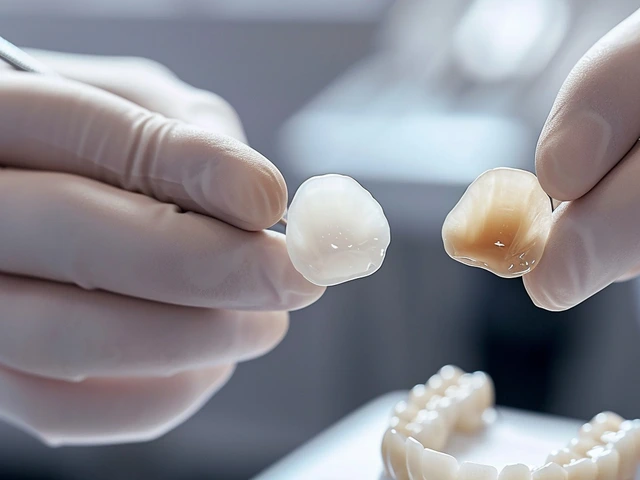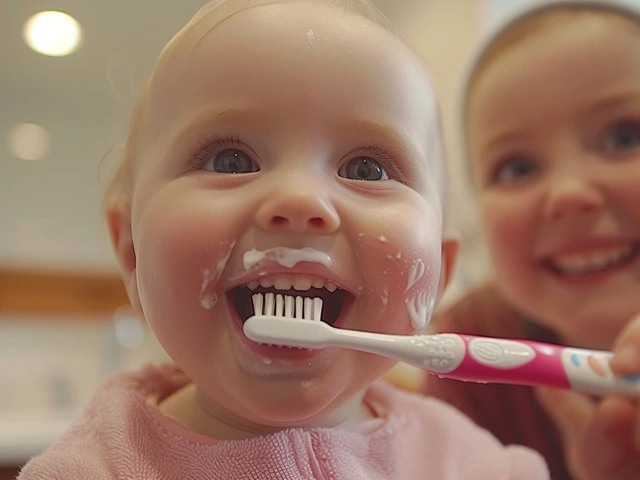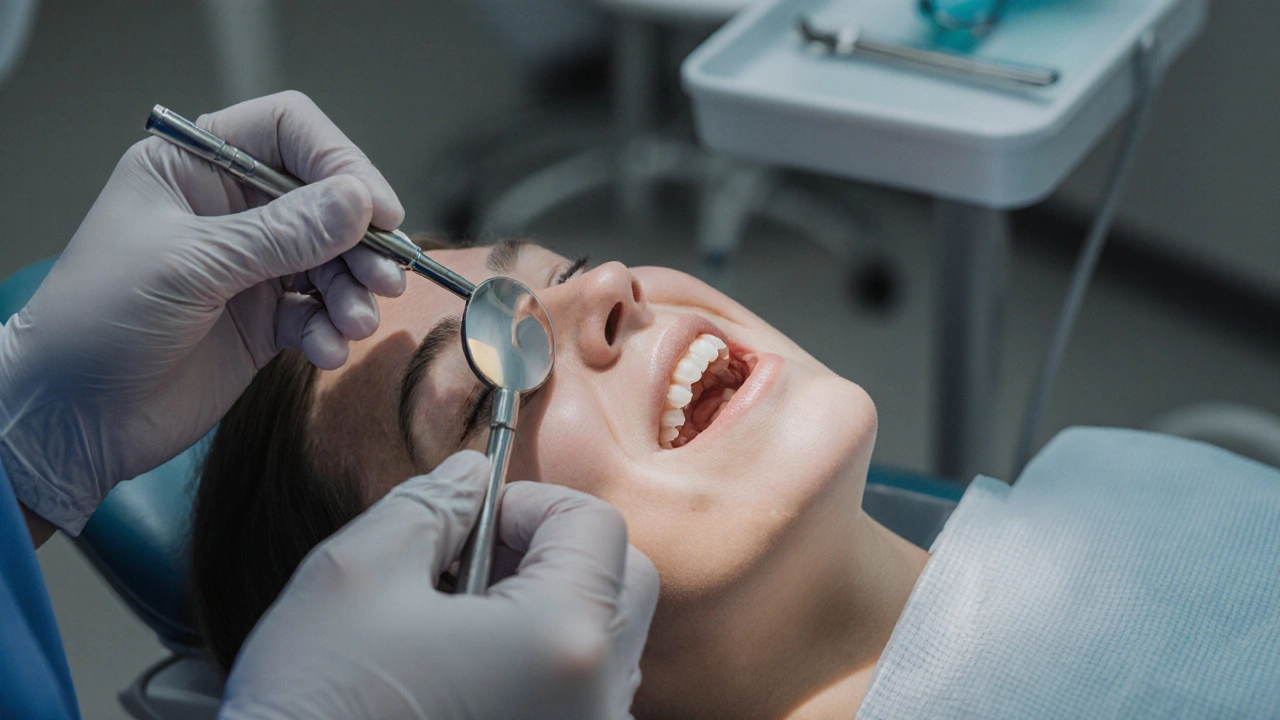Zubní zrcátko: Co to je a proč ho potřebujete
When you look in the mirror and open your mouth, you’re not just checking for food stuck between your teeth—you’re scanning for signs of trouble. A zubní zrcátko, malý, obvykle kovový nebo plastový nástroj s ohnutým koncem, který umožňuje lépe vidět zadní části úst. Also known as dentální zrcátko, it is a basic but powerful tool for spotting problems early. Many people don’t realize how much they miss without it. The back of your molars, the area under your gums, even the sides of your tongue—these are blind spots where plaque, tartar, and early signs of gum disease hide.
Think about it: you brush your teeth every day, but can you actually see if you’re cleaning the back of your lower front teeth? Or if your gums are swollen near your wisdom teeth? A zubní zrcátko lets you check for zubní plak—that sticky film that turns into tartar if not removed. You’ll notice white or yellow patches that don’t brush off easily. You might also spot zubní kámen, which looks like hard, dark deposits near the gum line. And if your dásně look red, bleed when you press gently, or seem to be pulling away from your teeth, the mirror shows it before your dentist does.
This isn’t about replacing your dentist. It’s about catching problems early. Studies show that people who regularly check their own mouths with a simple mirror are more likely to notice changes and get help before pain or infection sets in. You don’t need fancy equipment. A cheap dental mirror from any pharmacy works fine. Just clean it after each use, hold it at an angle, and gently pull your cheek aside to see the back teeth. Look for discoloration, swelling, or anything that feels off. Do this once a week—right after brushing. It takes less than a minute, but it gives you control over your oral health.
Many think that if it doesn’t hurt, it’s fine. But gum disease doesn’t scream—it whispers. By the time you feel pain, the damage is often already done. A zubní zrcátko turns you into your own first line of defense. You’ll learn what’s normal for your mouth and spot changes fast. That’s how you avoid expensive treatments later.
In the posts below, you’ll find practical guides on how to use a dental mirror effectively, how to recognize early signs of gum disease, what to do when you spot tartar buildup, and how to improve your daily hygiene routine based on what you see. These aren’t theory pages—they’re real, step-by-step tips from people who’ve been there. Whether you’re worried about bleeding gums, dark stains, or just want to be sure you’re brushing right, you’ll find answers here.



